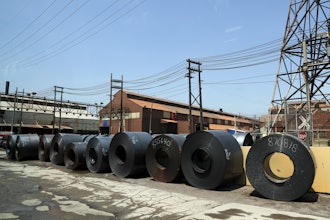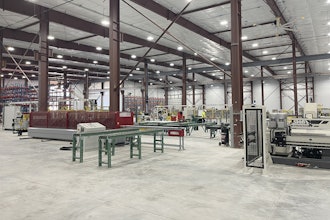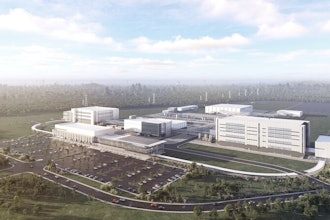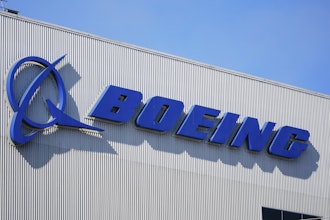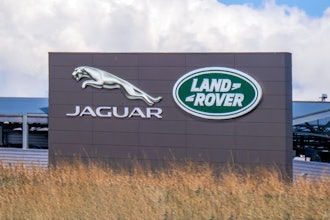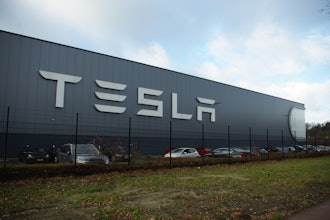
 Maciej Kranz
Maciej KranzThe following is an excerpt from chapter 10 of Building the Internet of Things: Implement New Business Models, Disrupt Competitors, Transform Your Industry.
Did I say this chapter was about standards and technology? Oops, sorry, I misspoke. This chapter is actually about making technologies work together for business benefits, which is IoT’s sole raison d’être. Without seamless interoperability and integration there’s no reason for IoT. All of those rosy projections — billions and billions in revenue created by millions upon millions of connected devices, communicating across vast numbers of networks, generating seemingly endless data for countless vertical applications — were based on the assumption that all of these elements, once they could communicate, would interoperate in a smart way. If they can’t, who needs IoT at all? We’ll just go back to the 20th century single-vendor-does-it-all custom solution models. This chapter will also take a closer look at a few key game-changing technology shifts we’ve been referencing throughout this book.
So this chapter is about standards, to the extent that only through universally accepted, efficient standards do all of those myriad things and parts and pieces and networks, both new and old, have any chance of communicating sufficiently up and down to exchange data, integrate, and provide the right capabilities for the apps to generate business insights in open, interoperable, and industry-accepted ways. The standards efforts around IoT have been going on for many years now, beginning with the push to adopt and adapt to open networking technologies even before IoT came into vogue. Some of these standards have now reached the point of maturity and, yes, interoperability to enable the use-cases I’ve been citing in this book. Going forward, the industry is determined to evolve and improve standards within the next few years to keep pace with technology changes and enable more advanced use cases, applications, and value propositions.
The Case for Standards
With IoT, the technology situation is already much more versatile, complex, and fluid than the IT or OT scenarios with which you’re now probably familiar. The number of legacy, proprietary, quasi-standard, and specialized technologies is simply mind boggling by itself. At the same time, the industry has begun to cull the traditional market structures of vendors out pushing end-to-end, proprietary, single-vendor solutions. If your company is one of those, become involved now in industry standards workgroups and learn how to thrive in an open world if you want to have a shot at thriving in the IoT-driven economy.
Let’s add to that list the duplication of vendor ecosystems even within the same vertical. Just compare the tier-1 supplier ecosystem for German and U.S. automakers, and you’ll start to see the picture. Further complicating the IoT standards are the sheer diversity of end devices, sensors, actuators, meters, controllers, appliances, and more that today have varied capabilities and proprietary device, management, and data interfaces and formats. And I haven’t even started to count the number of embedded OSes, chip suppliers, and so on that further increase the complexity. This is one of the reasons why an entire industry of IoT platforms — the companies that connect and integrate with proprietary third-party end devices — has sprung up. They’ve resorted to creating their own abstraction layers and development environments through which application developers interact with these devices and the data they generate. While such an approach is needed today, it is inefficient and redundant. Yes, there will always be a need for middleware to support legacy devices. However, getting the industry to standardize and adopt common data formats and APIs for new devices will be a big step forward (Figure 10.1). We urgently need to do just that.

Imagine how expensive such an approach is for each of these platform companies to undertake on its own. Even worse, you don’t do it only once. Every time one or another of these devices or interfaces changes, you have to revisit it. That’s why even the biggest players in the industry are willingly joining standards development teams. As much as each would love its own approach to become the accepted standard, it’s too costly to develop and, most importantly, maintain by itself over time. The economics of doing this kind of standards work as an industry-wide collaborative effort are just too compelling to ignore.
But wait, there’s more. As we’ve said throughout this book, we already have billions and billions of connected devices — including cars, buses, trains, office buildings, factories, oil rigs, homes, and entire cities. Some are stationary, some mobile; some have IP addresses, others don’t; some are always on, some intermittent; some are clustered together, others geographically dispersed. And that’s just the beginning. The solution requirements vary vastly, as well. Some require devices to transfer megabytes of data every second, some just a few bits every few days; some want data to be analyzed in real time, some don’t; some can be powered from the grid, some need to operate 20 years on a single battery. I hope you get the picture. All of these variables are driving an interesting phenomenon. Unlike in the original Internet, we’re actually seeing a proliferation of access or “last-mile” technologies. (Last-mile refers to the final leg from the network to the device.) No longer limited to Ethernet, Wi-Fi, and 3G/4G, IoT deployments today also include satellite, Bluetooth LE, low power wide area network (LPWAN) technologies such as LoRa, power line communication (PLC), and various wireless personal area networks (WPAN) such as Wi-SUN and ZigBee NAN, among many others. Which technology is best for each situation depends on several criteria, which we’ll discuss later in this chapter. My first point here is to simply convey the complexity and vastness of the IoT world as it stands today at this early stage of maturity.
My other point is that, right now, you’ll want to start the migration from proprietary and semi-proprietary technologies to open standards. And I mean tomorrow, if you can. That involves addressing where and when data should be analyzed, security concerns, and the evolving relationship between the central IT function and OT roles within LOBs. Equally important, however, is to encourage your vendors, suppliers, and ecosystem partners to adopt open standards, participate in standards efforts, and do whatever you and they can do to stimulate and embrace standards-based technologies. That will do the most to save you money, headaches, and time when you begin to deploy IoT in production environments and provide you with a scalable foundation that will benefit you long term in your IoT journey.
This state of IoT creates something of a conundrum. On the one hand, we have a desperate need for technology convergence, simplification, and interoperability. We also need to rationalize disparate technologies around open standards and integrate them with legacy systems. On the other hand, IoT requirements and use-cases are diverse and still rapidly evolving. New devices, technologies, and methods are introduced daily for which there may not yet be a standard. How would you resolve this conundrum?
Excerpted from BUILDING THE INTERNET OF THINGS: Implement New Business Models, Disrupt Competitors, Transform Your Industry by Maciej Kranz. Copyright © 2016, Wiley.
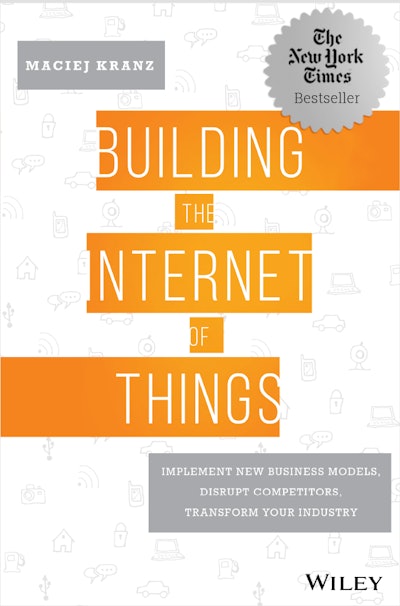 by Maciej Kranz
by Maciej Kranz












